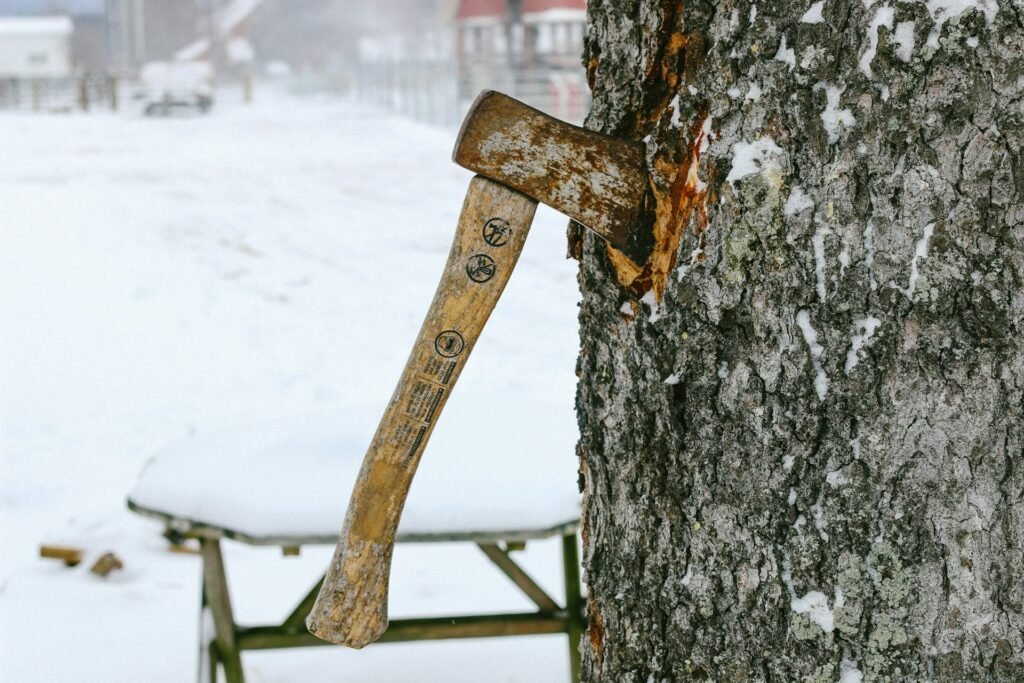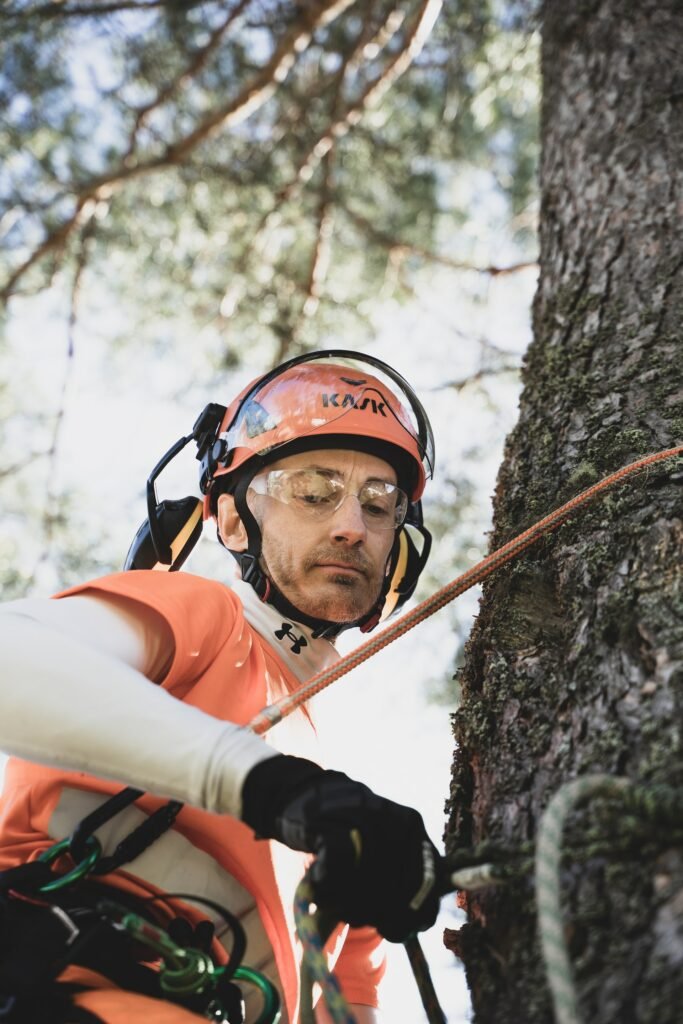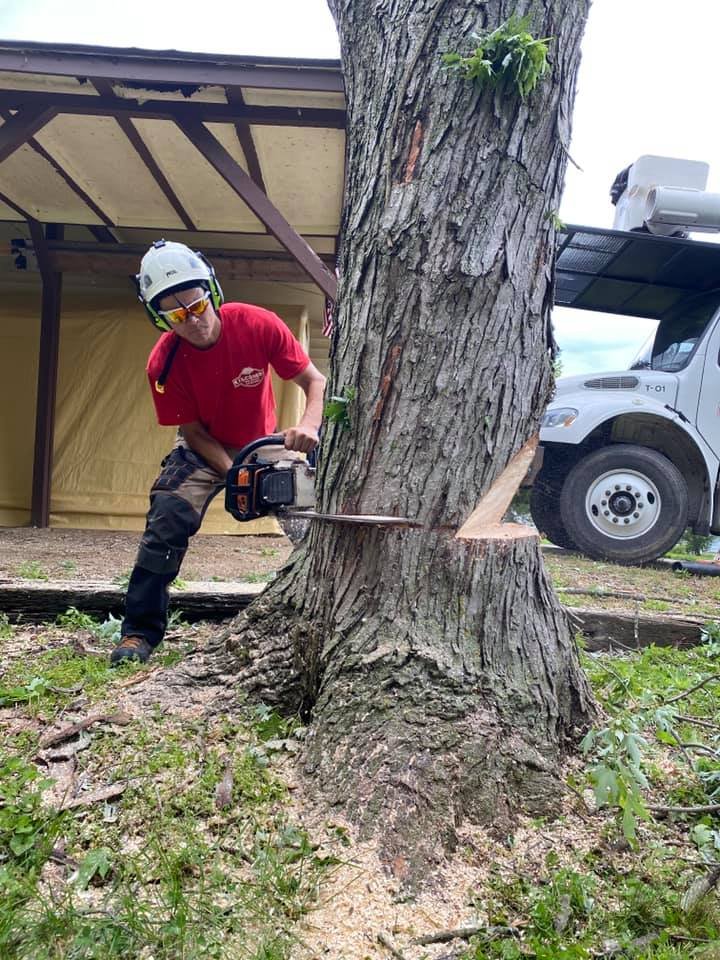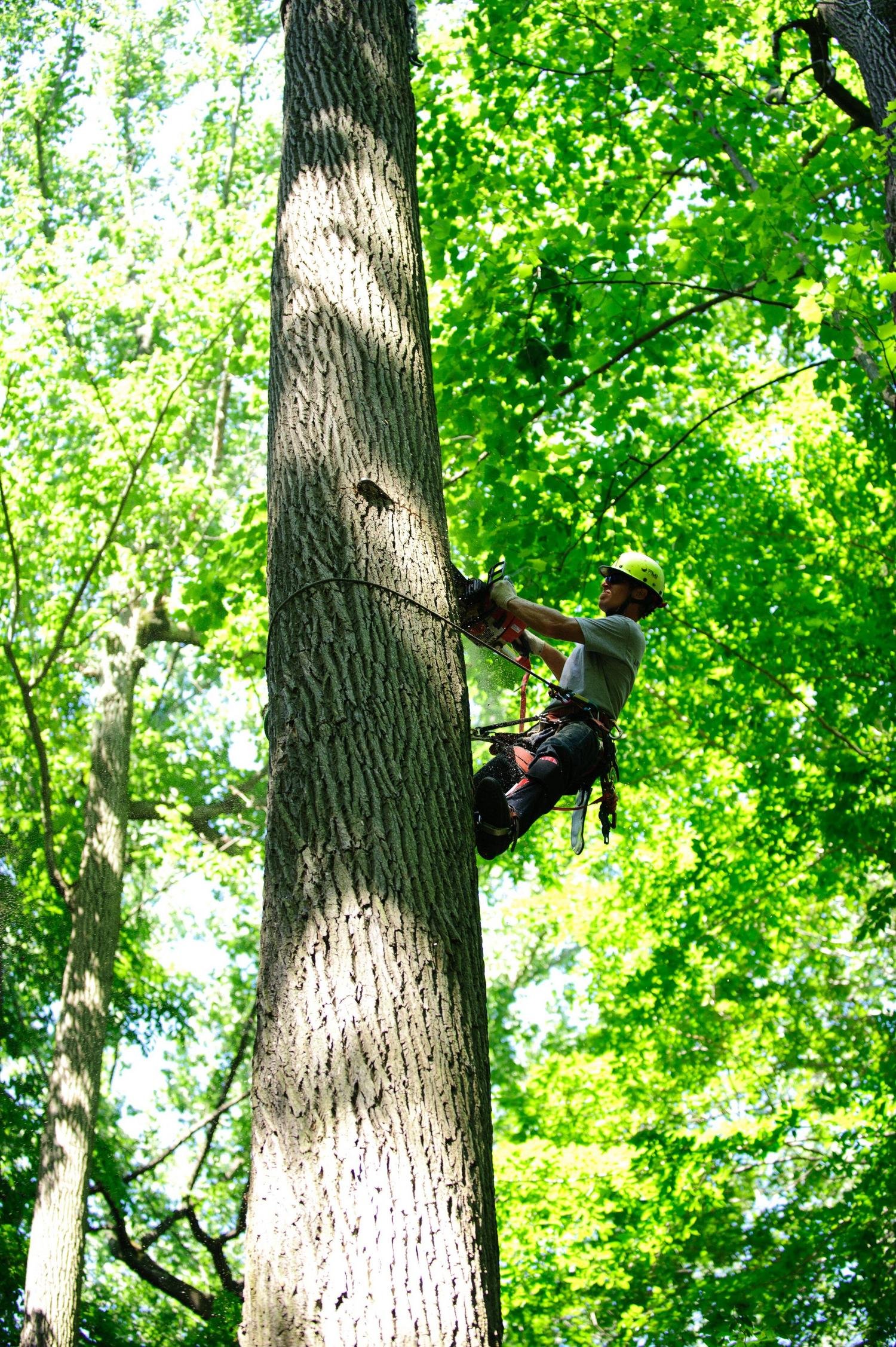Trees are an essential part of our environment, providing numerous benefits such as oxygen production, shade, & aesthetic appeal. It is crucial to ensure that trees are healthy & well-maintained. This is where tree care services come into play. In this article, we will discuss why you need tree services and how tree lopping plays a vital role in maintaining your trees’ health and appearance.
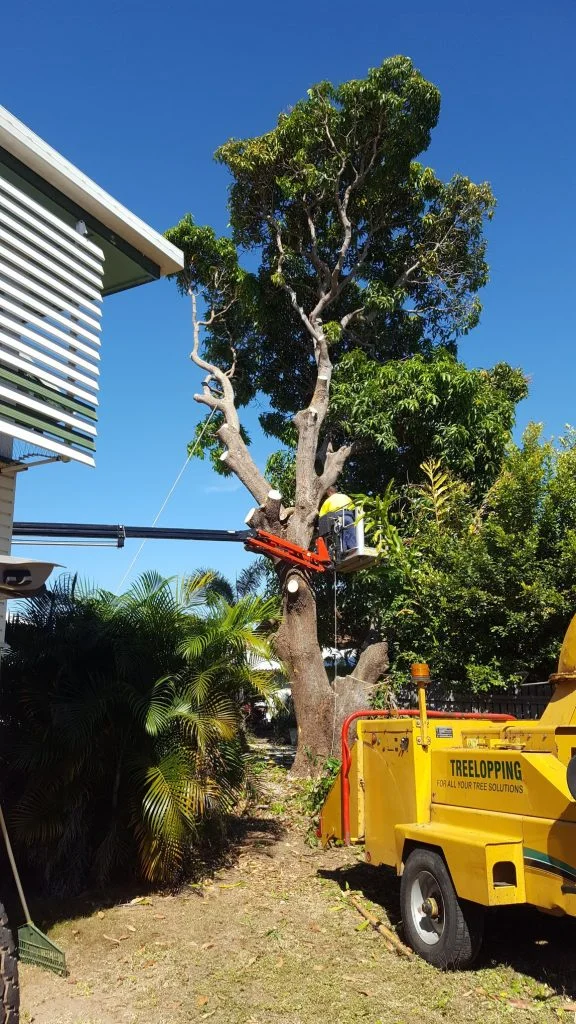
Why Do You Need Tree Care Service?
Tree Health
Just like humans, trees need regular check-ups to maintain their health. A professional tree care service can inspect your trees for signs of diseases, pests, or other issues. They can also provide solutions to address any problems, including pruning, fertilization, and insecticide treatments. With their help, you can ensure your trees remain healthy and robust.
Tree Safety
Trees can pose a risk to people and property if they are not appropriately maintained. Overgrown branches can fall and damage your home or cause injuries. Dead or weak branches can also fall without warning, endangering your family and neighbors. A tree care service can help you identify and remove any hazardous branches, ensuring the safety of your property and loved ones.
Tree Beauty
Well-maintained trees can enhance the beauty of your property & add value to it. Tree services such as tree pruning & tree trimming, improve the appearance of your trees. With the help of tree service Townsville experts, you can ensure your trees look their best year-round.
The Importance of Tree Lopping in Townsville
Tree lopping is the process of cutting off tree branches that have become too large or are causing problems. This is an essential part of tree care, especially in Townsville, where the weather can be unpredictable and severe. Some of the benefits of tree lopping include:
Prevention of Property Damage
During strong winds or storms, overgrown branches can break off and damage your property or even your neighbour’s. Tree lopping can prevent such incidents by removing any weak or overgrown branches that may cause problems.
Maintenance of Tree Health
Tree lopping can promote the growth of new, healthy branches by removing dead or diseased ones. This ensures your trees remain healthy and vibrant for years to come.
Aesthetic Appeal
Tree lopping can enhance the appearance of your trees, making them look more beautiful. This can improve the overall look of your property & increase its value.
Frequently Asked Questions on Tree Lopping
Can I lop my trees myself?
It is not recommended to lop trees yourself. It can be dangerous and can cause damage to your trees. It is best to hire a professional tree care service.
How often should I have my trees checked by a tree service specialist?
The frequency of tree checks depends on several factors. The age & condition of your trees, the type of trees you have, and your location’s climate. At least once a year have your trees inspected by a professional tree care service.
How much does tree lopping cost?
Tree lopping costs vary on the size and type of trees, the number of branches to be removed, & the location of the trees. It is best to contact a tree lopping service for a quote.
Why Tree Services is Vital for a Healthy Environment in Townsville: Expert Tree Lopping, Trimming & Pruning
Trees are a valuable part of our environment, providing numerous benefits. Ensure a tree is well-maintained in Townsville and its surrounding areas. Tree care services, including tree lopping, tree trimming & pruning can help you achieve these goals.




